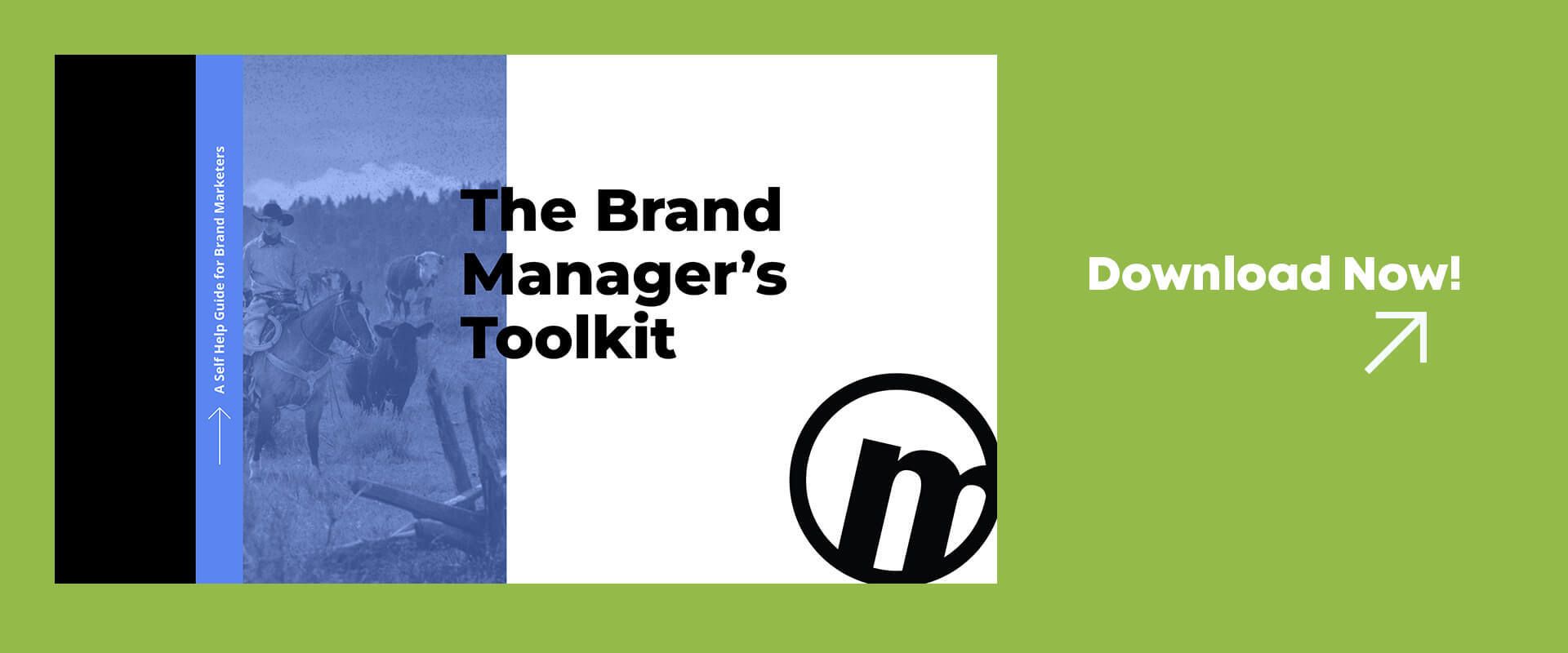In the marketing world, there are few things as powerful as an effective brand positioning statement. If you know how to create them effectively, every aspect of your marketing and sales process becomes easier. The biggest problem I’ve faced in creating effective positioning statements, however, is communicating what a brand positioning statement actually is.
You see, as great as marketers can be at communicating, we sometimes forget to communicate what we do, and messaging elements often fall in the category of “Totally Misunderstood.” So,, what exactly is a brand positioning statement?
An Effective Brand Positioning Statement Defines Three Things:
At the end of the day, your brand positioning statement has only one job. It is created to define the four most critical elements of your marketing message.
1. Your Product (And Why It’s Special)
Boil this down to the value you provide. If you’re an architect, you don’t provide blueprints. You design buildings. If you’re a high-end restaurant, you don’t make food; you provide culinary experiences. Make sure you understand what you’re actually providing when someone buys your product or service.
2. Your Target Market (And Why You Love Them)
Who are you trying to appeal to? What are they like? This should be short and to the point, but it should also give a thorough understanding of who you want to reach. It’s not enough to say that your target market is “teenagers” but it would be too verbose to say, “Our mission is to provide males between the ages of 13 and 17 who enjoy board games similar to Dungeons and Dragons but NOT games like Monopoly...” A short and punchy “Teenage Tabletop Gamers” would suffice.
3. The Competitive Landscape (And Why You’re Better)
Your brand positioning statement should also provide your brand’s position in the marketplace. Are you the highest quality or the best value? Do you have a large following, to the point, or are you a scrappy up-and-comer? Make sure you understand exactly where your brand is in the competitive landscape. Analyze the advantages and disadvantages of buying your brand.
4. The Promise Your Brand Makes (And Why We Should Believe You)
What promise does your brand make to your market? Do you promise reliability? Speed? Low cost? Ensure you understand what this promise is and how you can back it up. What data statements do you have about your work that can defend that brand promise?
Great Brand Positioning Statement Examples
So,, what does a great brand positioning statement look like? It can take many forms, and many lengths, but it should always encompass the four elements listed above. Take a look at the following positioning statements for well-known brands. As you can see, certain elements are subtle or implied, but it’s important to notice how well-thought out each one is.
Volvo: For upscale American families, Volvo is the family automobile that offers maximum safety.
Home Depot: The hardware department store for do‑it‑yourselfers.
Zipcar: To urban-dwelling, educated, techno-savvy consumers, when you use Zipcar car-sharing service instead of owning a car, you save money while reducing your carbon footprint.
What a Brand Positioning Statement Isn’t
That’s a basic rundown of what a brand positioning statement is, but what about what a brand positioning statement isn’t? Far too often, an executive team will look to their marketing staff to build a brand positioning statement and be disappointed in the results. Why? Because they don’t know what they’re looking for. A brand positioning statement is NOT:
- An Elevator Pitch - Your brand positioning statement is vital to building an effective elevator pitch, but it’s not your elevator pitch.
- Tagline - Your tagline is built from your brand positioning statement, your brand essence, and your brand standards. Once again, the positioning statement is just a small component of this.
- Externally Facing - You aren’t showing this to clients or customers. This is for internal alignment ONLY.
- Created in a Vacuum - Don’t make the mistake of trying to do this in a closed room. To do this effectively, you need to discuss your brand with your employees, and customers and do robust research on your competitors.
What great brand positioning statements have you seen? How do they differ from the company’s tagline or elevator pitch?
Download this free resource today to maximize your brand impact.




